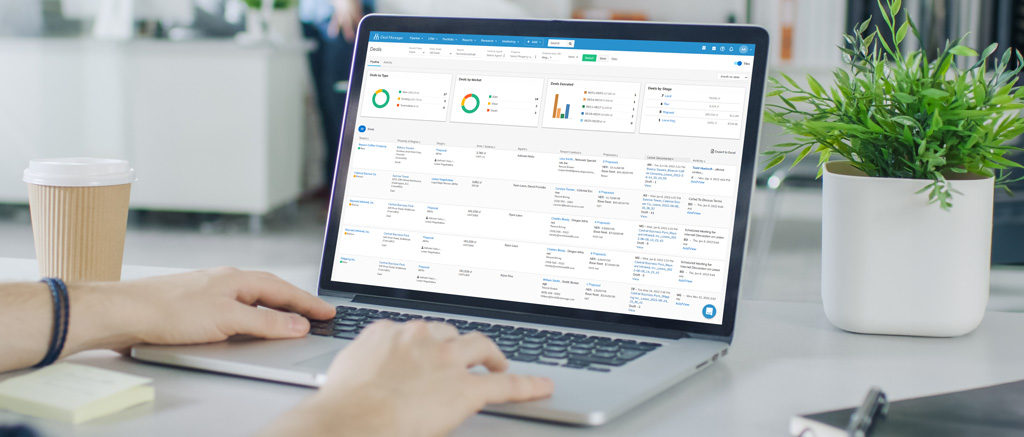Stay up to date with the latest CRE market reports, trends and events.
How to Calculate DSCR (Debt Service Coverage Ratio) in Commercial Real Estate
A comprehensive guide on how to calculate debt service coverage ratio and use it for investment analysis and decision-making.
Industrial Sale Prices Hold Firm Amid Normalizing Demand and Shifting Capital Markets
Despite the decline in sales over recent quarters, the average sale price of industrial properties has remained high, increasing by 9.6% quarter-over-quarter and 2.0% year-over-year.
U.S. Office Market Continues to Navigate Demand Shifts
As the office market navigates trends shaping the sector in recent years, we anticipate an uptick in distress activity and discounted sales.
2024 to Witness Record Life Science Deliveries as Traditional Office Construction Declines
Life science facilities are an attractive office subtype, representing 27% of total office projects slated for completion by the end of 2024.
How Deal Manager Maximizes CRE Lease Renewal Success
Managing lease renewals can become much easier with the right tools and technology that save time, reduce errors and increase productivity.
Commercial Real Estate Essentials: The 8 Types of CRE
CRE covers a diverse range of asset types and each property group features its own set of distinct characteristics.
Industrial Construction Continues to Level Off Amid Normalizing Demand and High Interest Rates
New industrial starts in 2023 totaled 314.6 million square feet, down significantly from the 593.2 million square feet in 2022.
How to Find Construction Projects Quickly Using Development Pipeline Data
CRE professionals can gain a competitive advantage by leveraging development pipeline data to quickly find construction projects.
Weak Demand, Still-Rising Vacancies Predict Downward Trend in Office Valuations
The 2024 office market outlook suggests an increase in these discounted sales, driven by high rates and reduced demand.
Understanding Distressed Commercial Properties and How CRE Solutions Simplify Tracking Efforts
Gain insights into identifying, tracking, evaluating and investing in commercial distressed properties for optimal returns.
2023 Industrial Sales Total $52 Billion, Roughly Half of 2022 Volume
Due to tighter underwriting policies and more expensive capital, transaction activity will continue to diminish in 2024.










